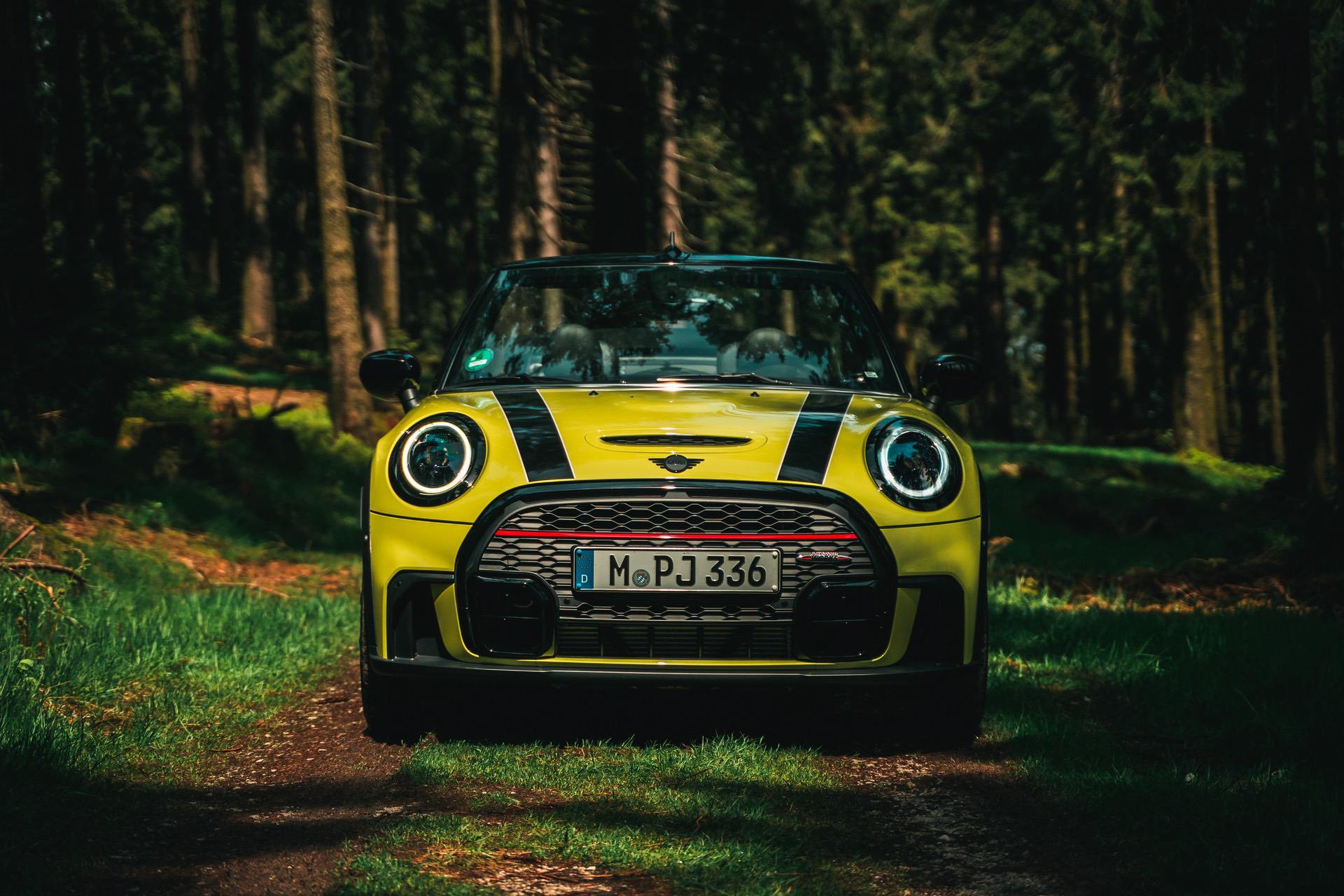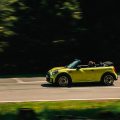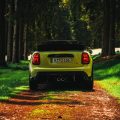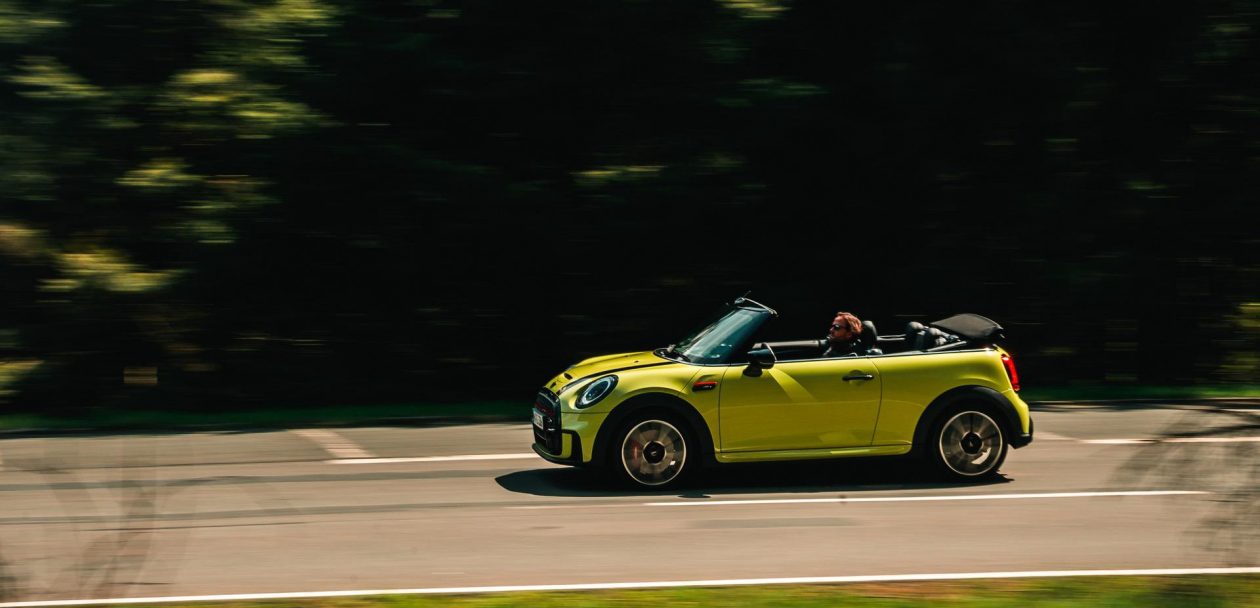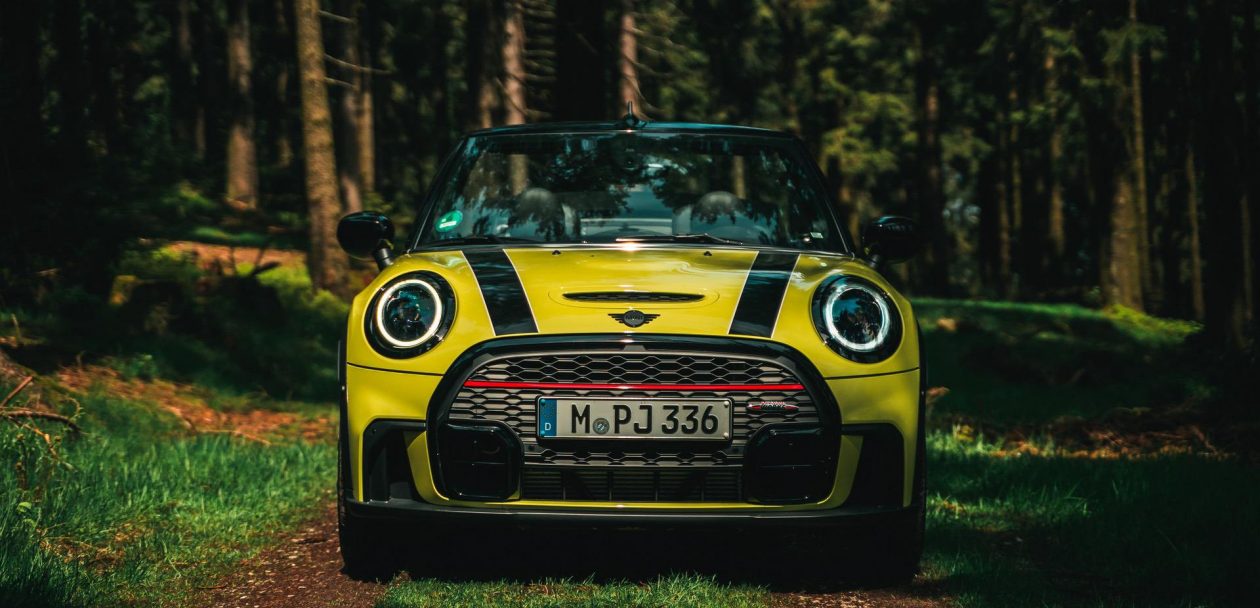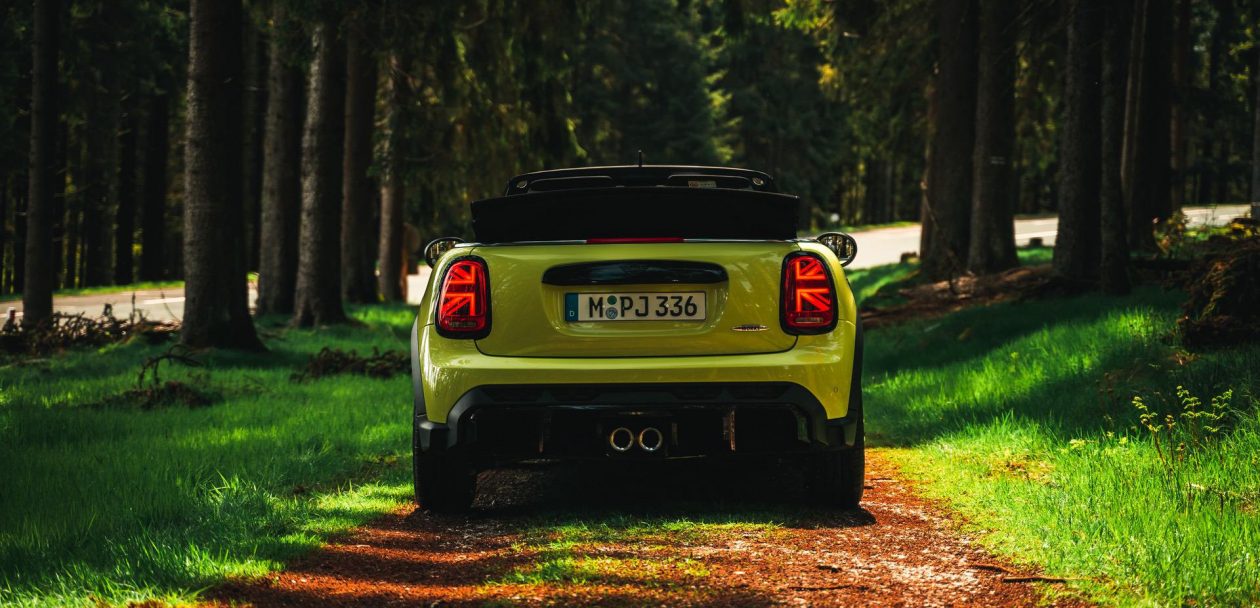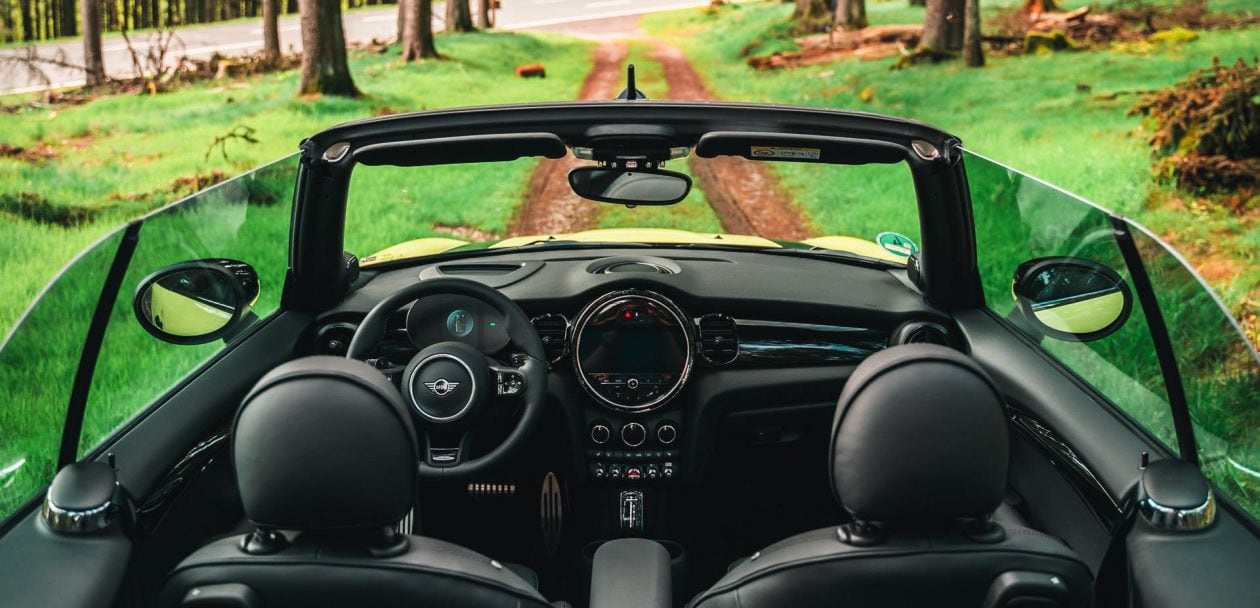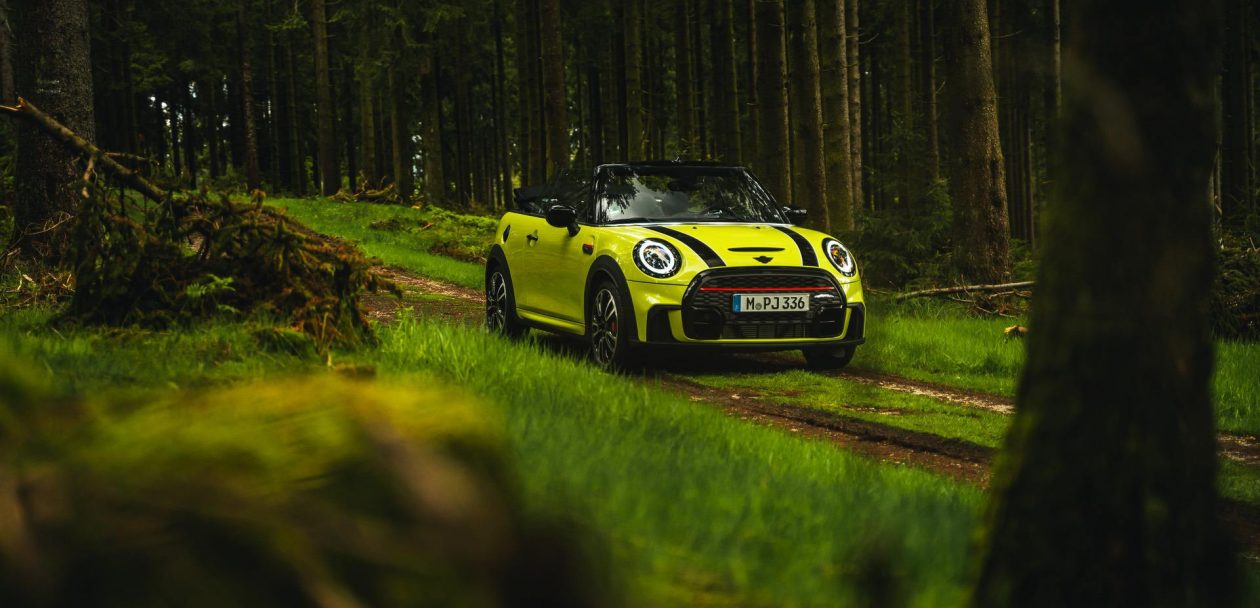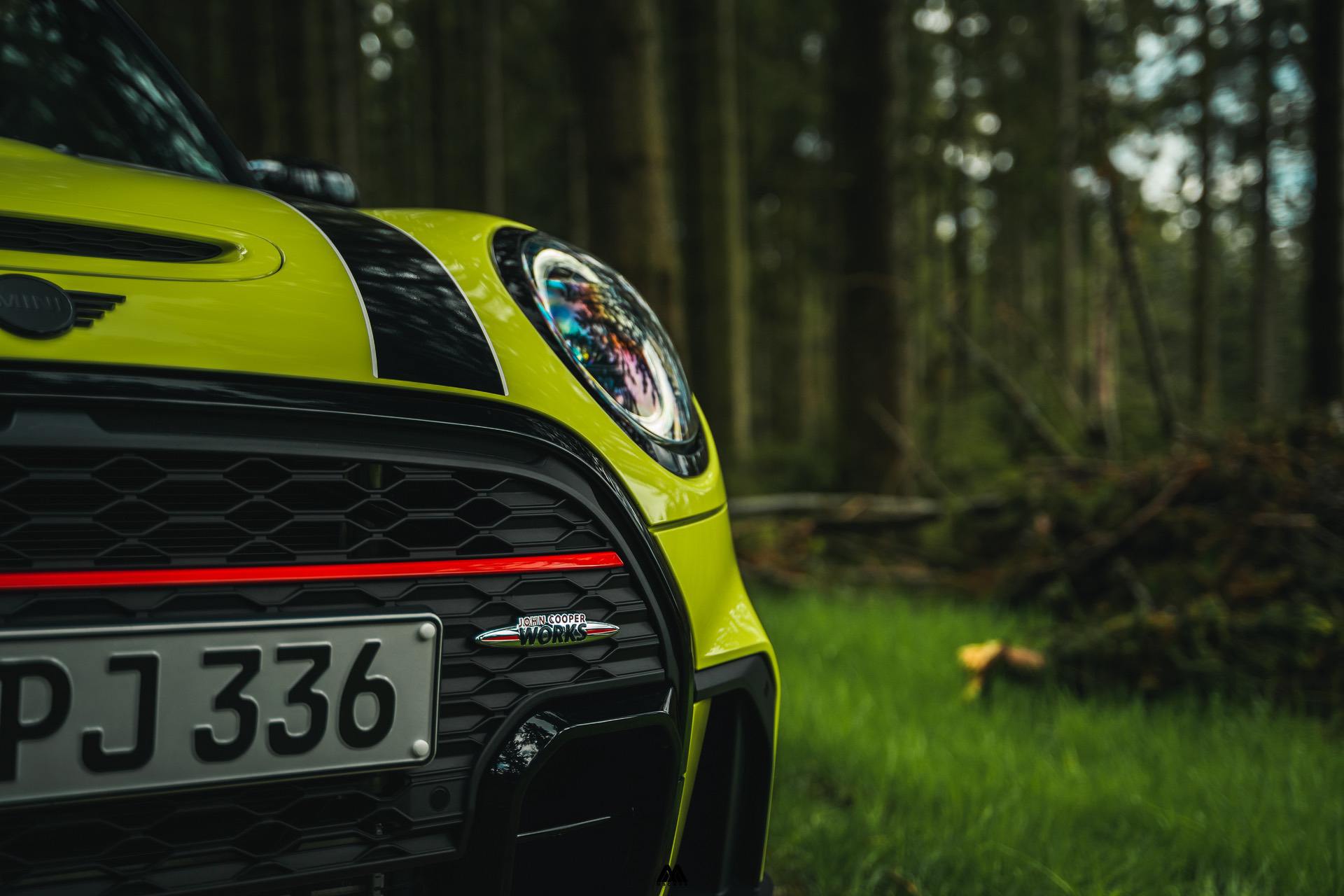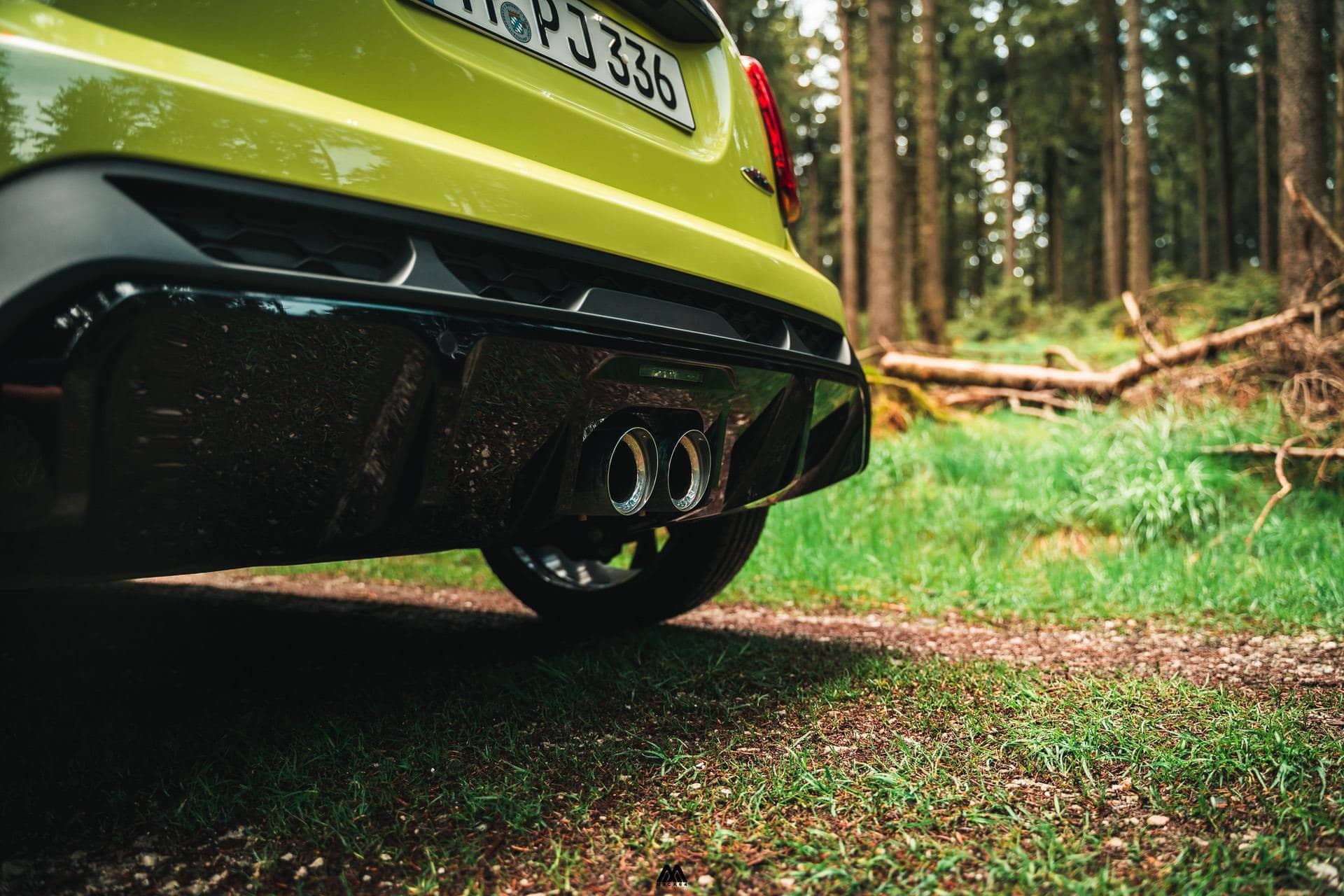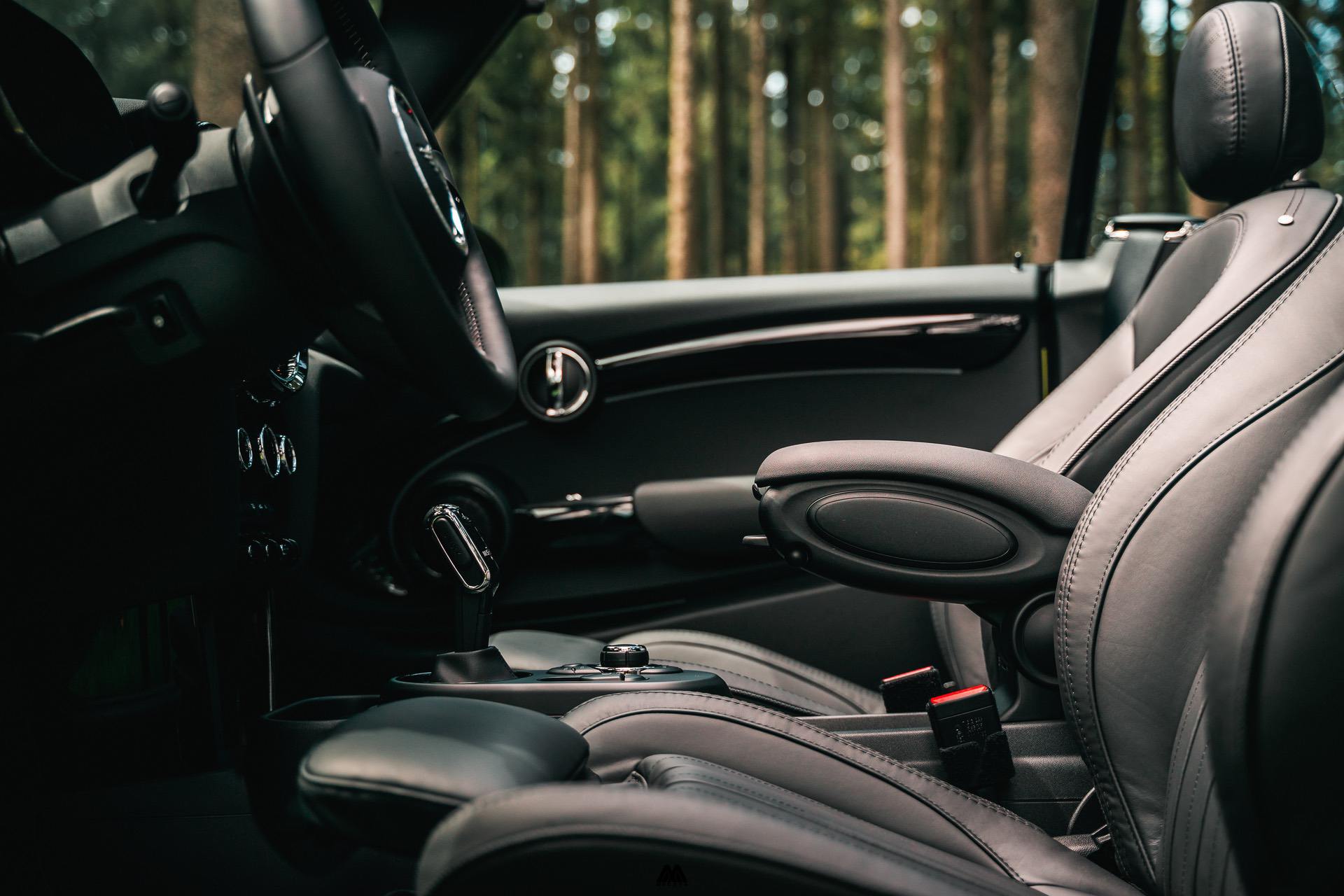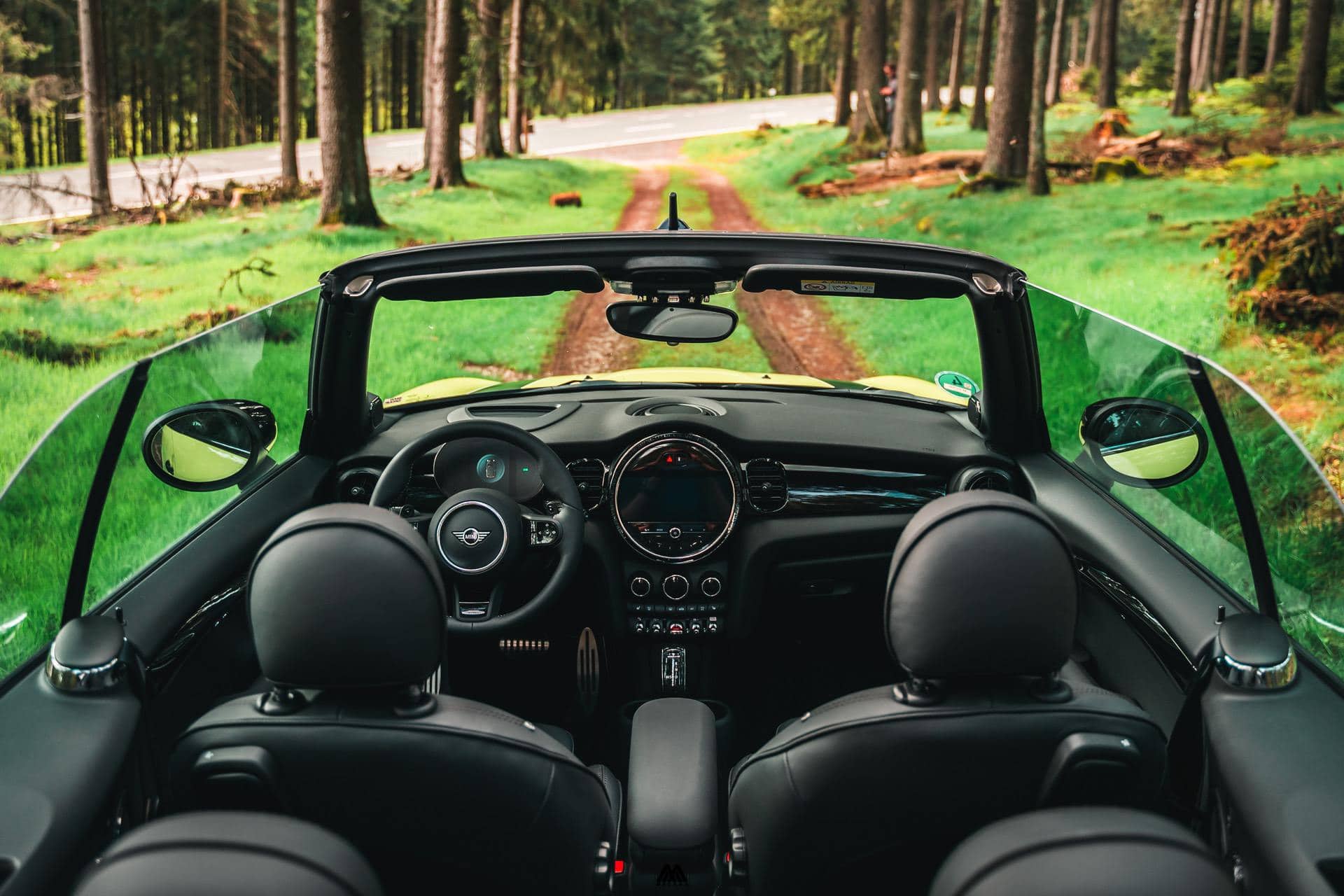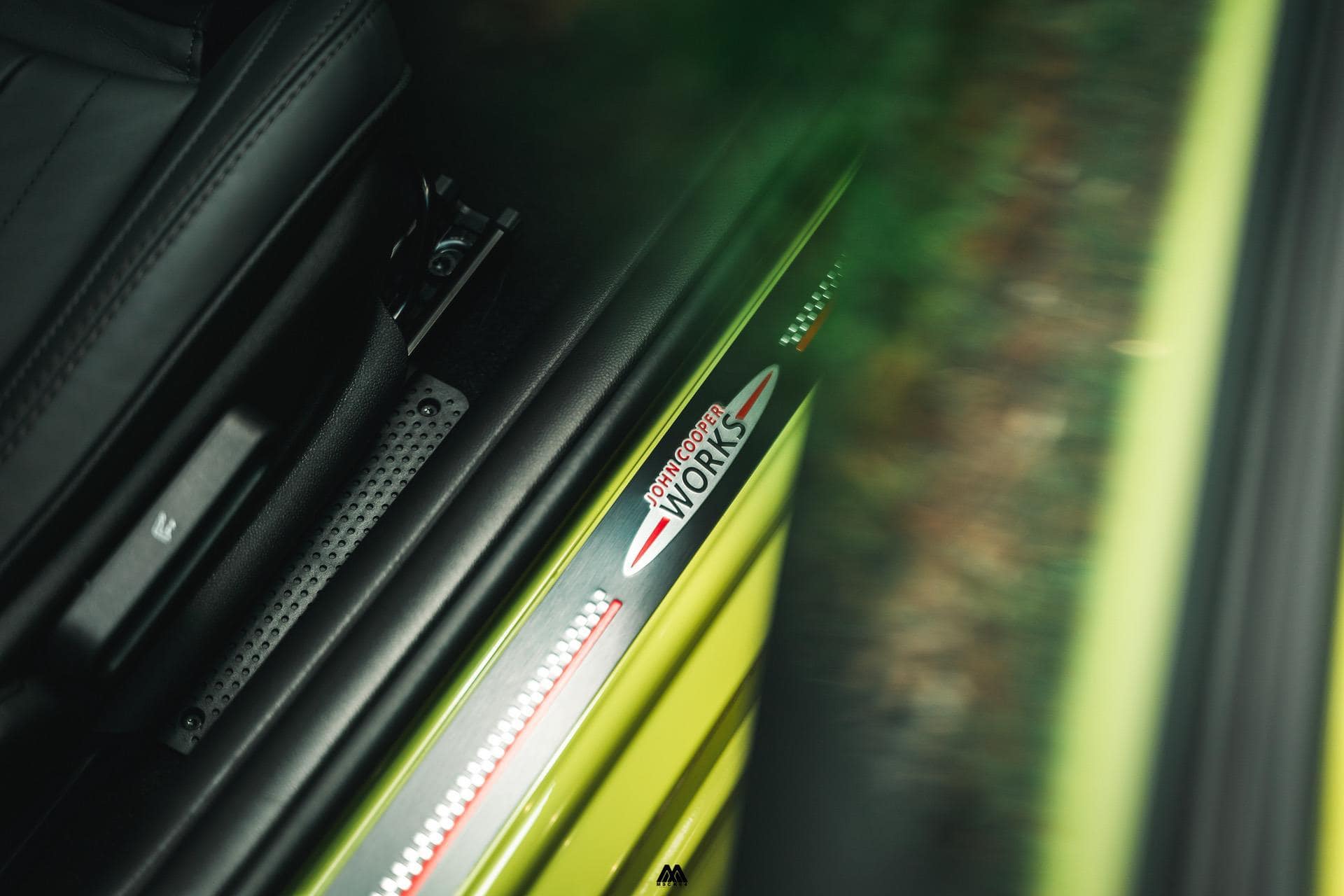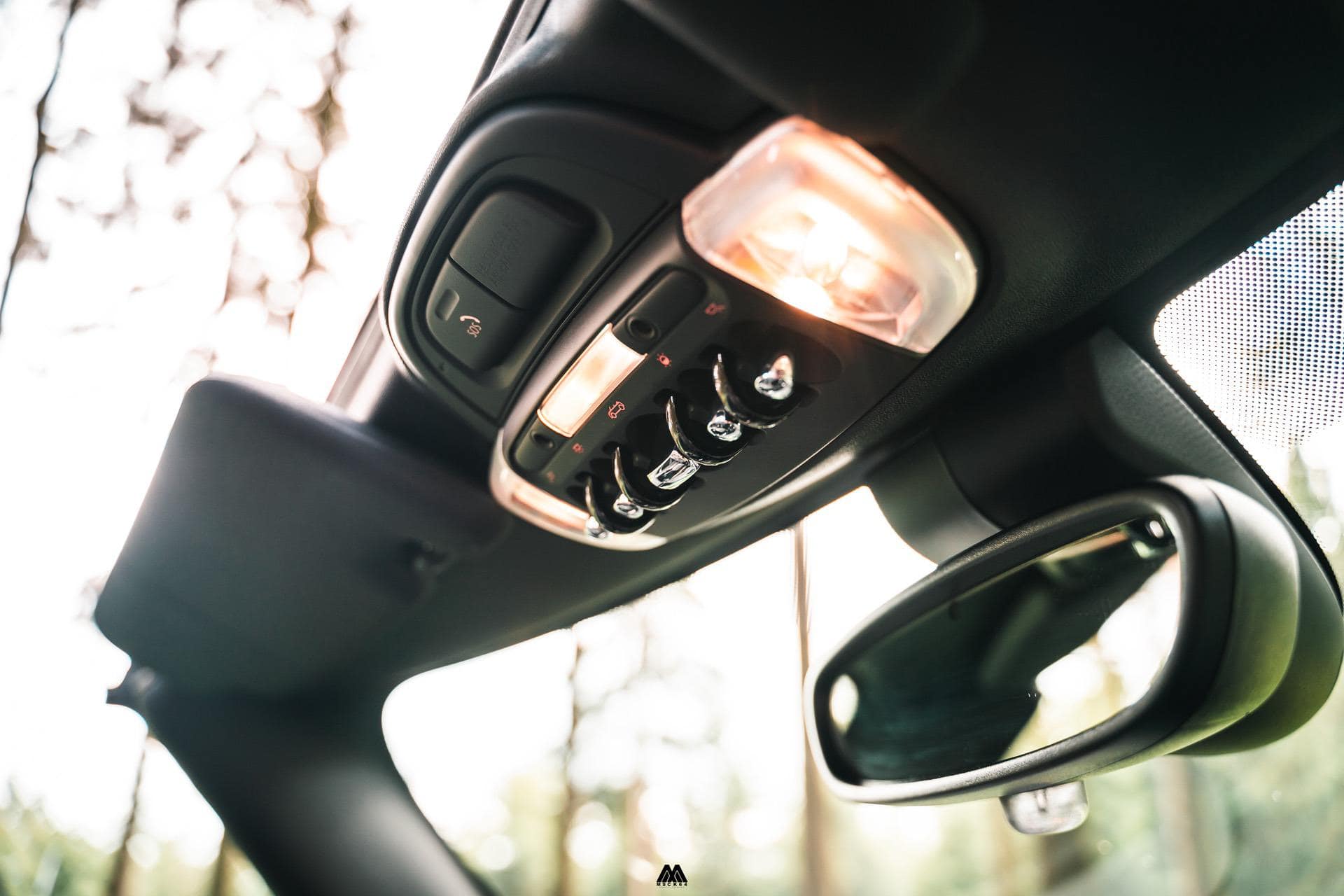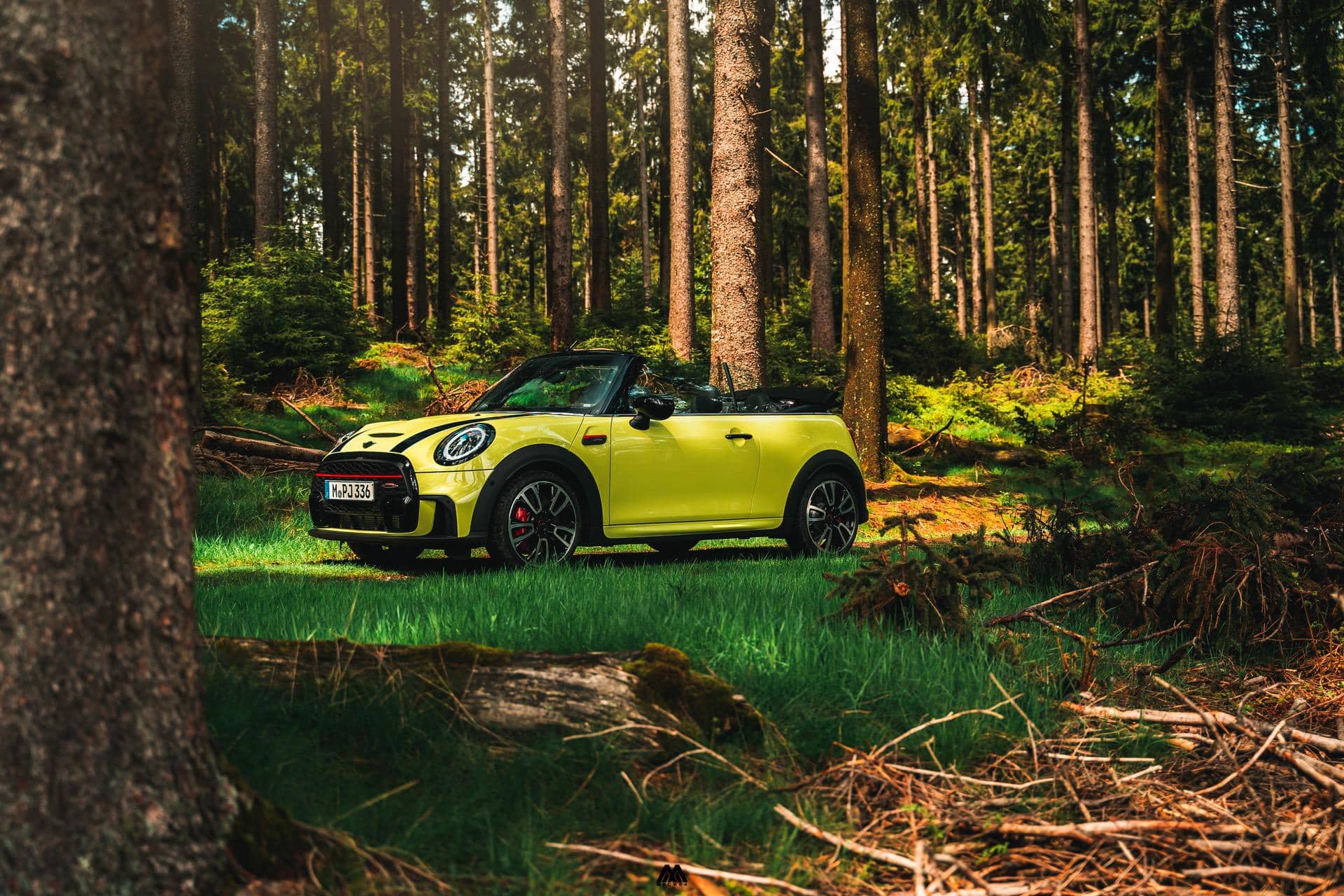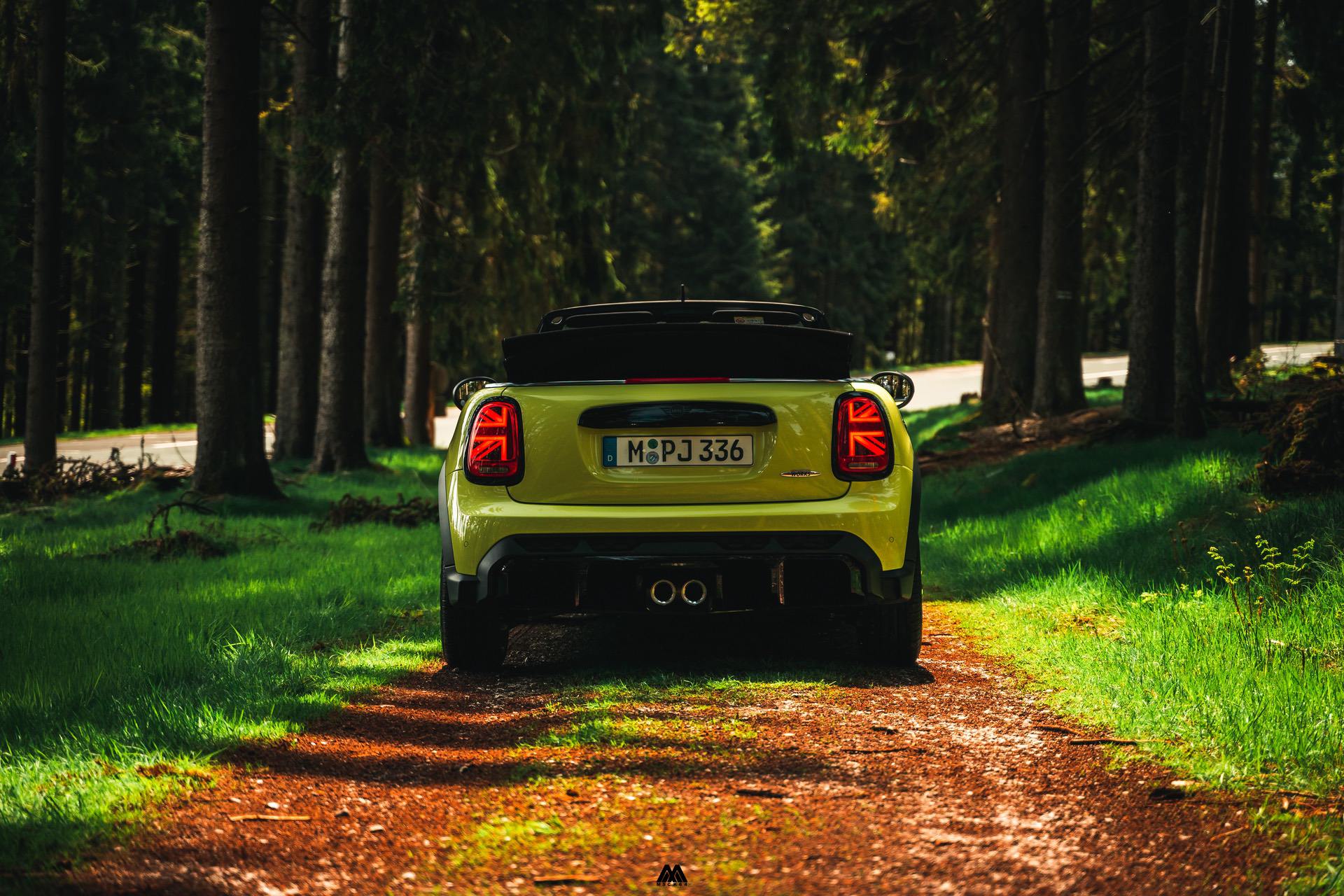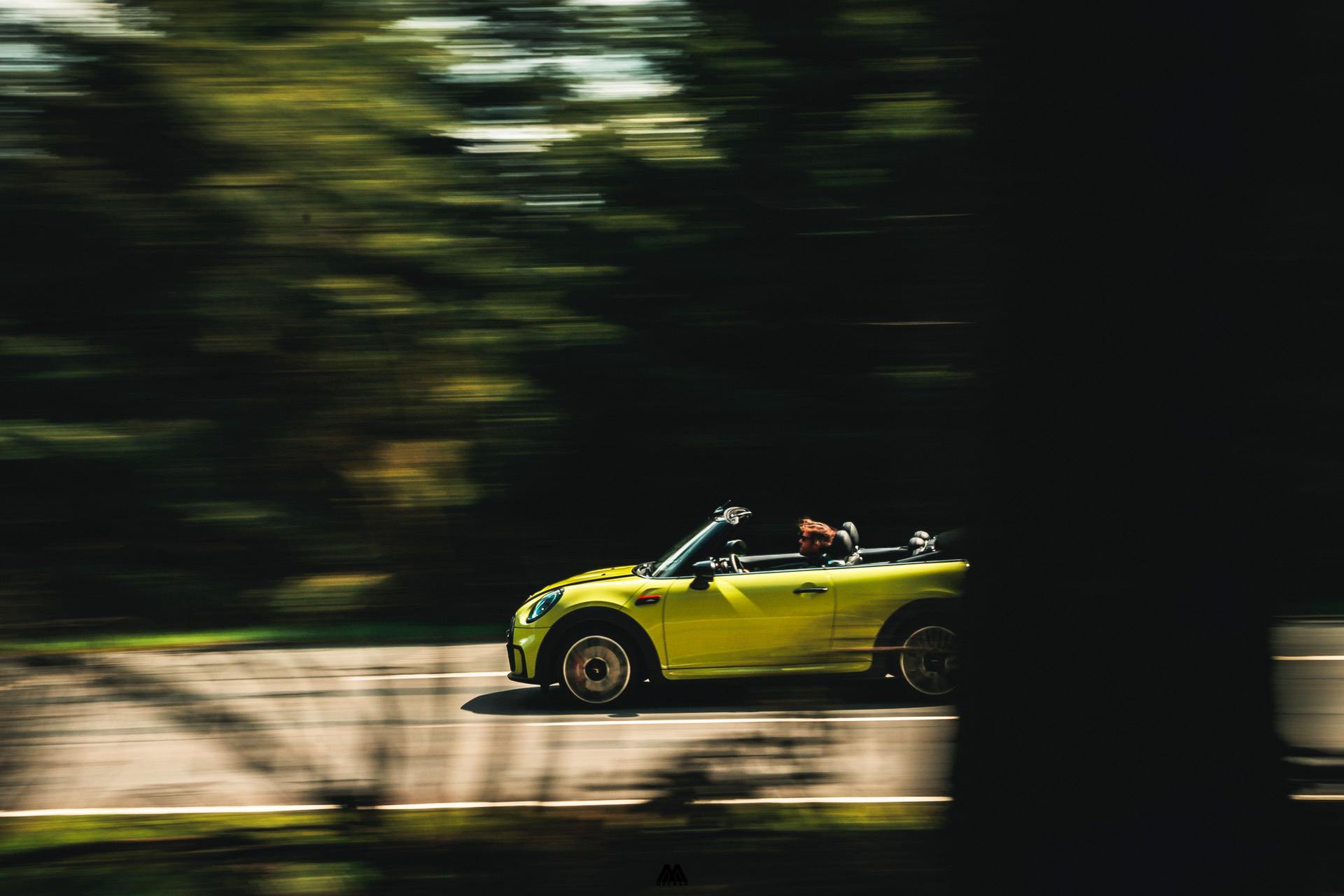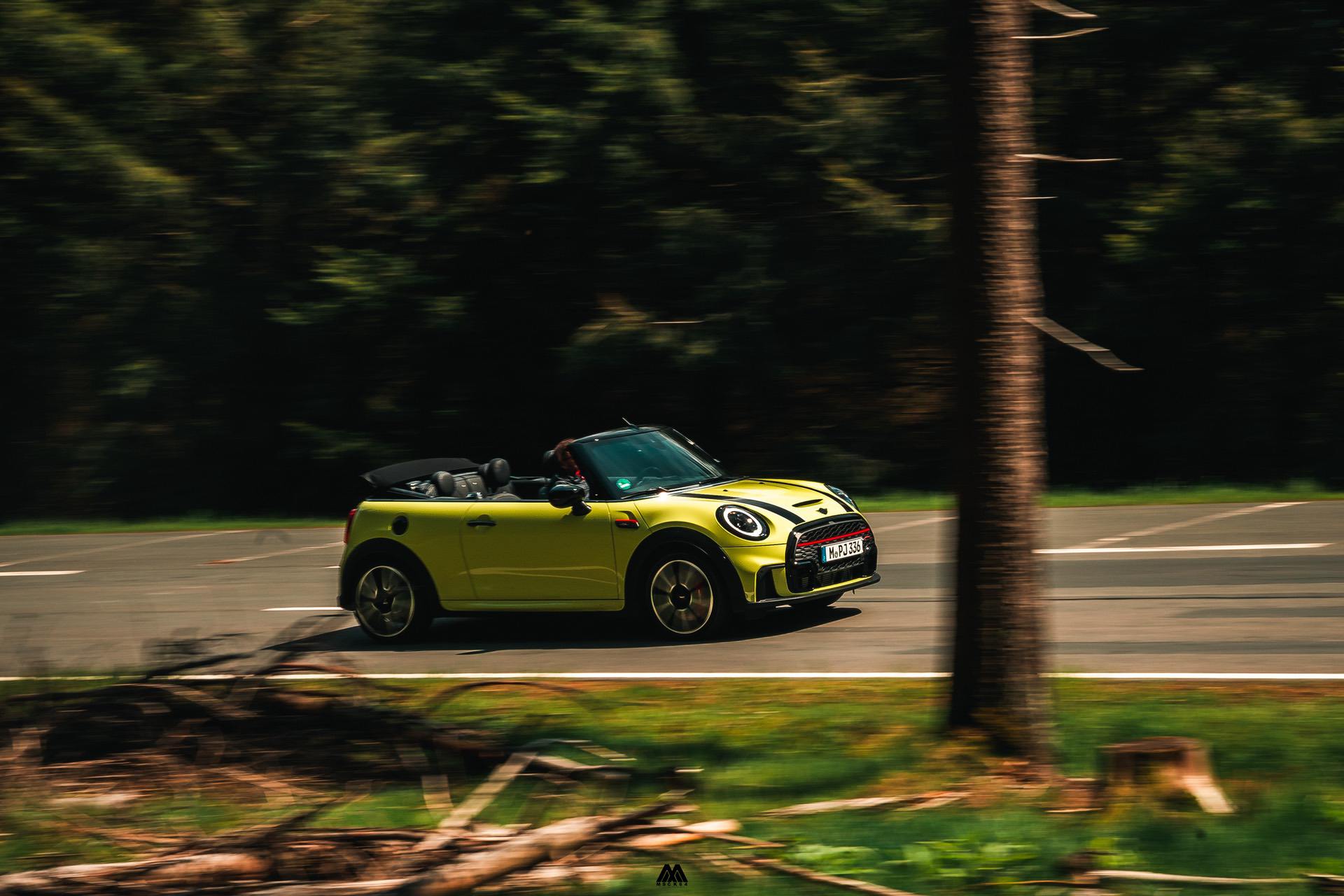The MINI brand is a signature member of the automotive world. With its future being fully electric and the new G-Series version of the Hatchback, Convertible, Five-doors, Clubman and Countryman with us for another three years, the Bavarians decided to do a mild lifecycle update, which is commonly known across the MINI world as the second facelift.
To experience these changes, an invitation landed in my inbox to drive a whole range of MINIs in Frankfurt last month. In front of me were the five-doors petrol, Countryman PHEV hybrid and a JCW Cabriolet, which uses the 2.0-liter petrol engine, which I am familiar with from previous drives and my personal GP. Yes, I know, I am not allowed to compare my GP to the roofless version of the JCW, but still it gave me a reference point to see where both differ. Next to this, I was also given the keys to a MINI electric, but I will leave that one for another story.
The Stunning Zesty Yellow
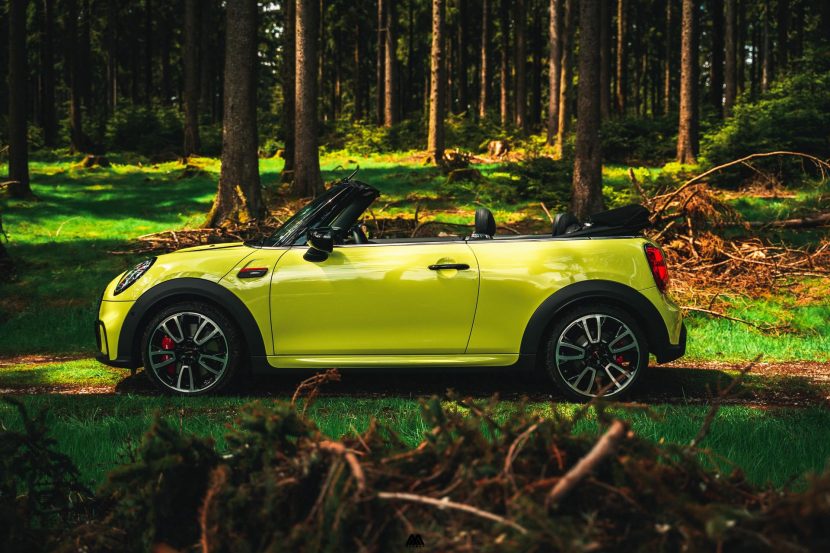
The specification of the 2021 MINI JCW convertible was a mix of a funky new, exclusive Zesty yellow paint color (one of three new colors) and the 18 inch John Cooper Works Circuit Spoke, two-tone wheels which came with Pirelli Cinturato tires. The exterior spec also featured gloss black mirror caps and bonnet stripes, which are combined with the new design changes that MINI have introduced for the 2nd facelift. The designers at MINI increased the size of the grille and added a body-colored strip in the center, plus a new black surround creating the ultimate Ali G look. Now that you have seen it, you will never forget it.
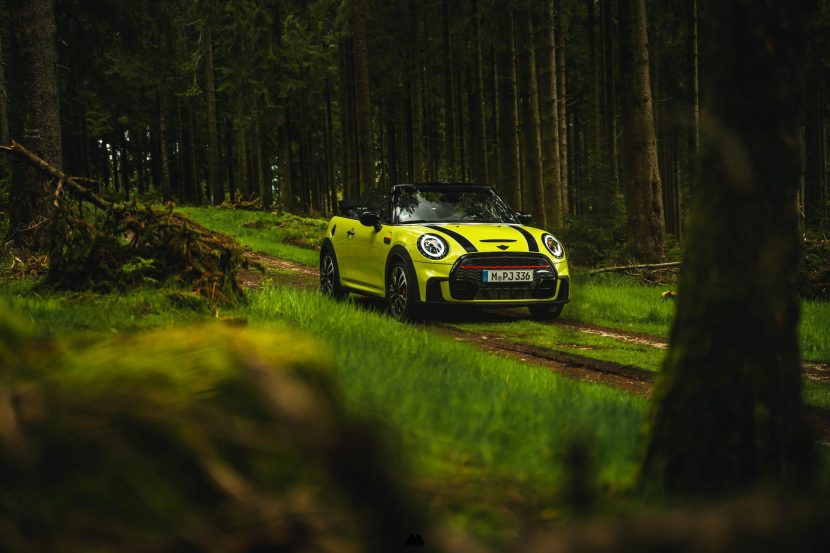
The air curtains on each side of the front bumper replace the driving lights, which are now integrated into the headlights. The inside of the headlights are now finished in black rather than chrome. The newly-mustached MINI also has new side scuttles and a new rear apron, featuring the diffuser with the two 85-millimeter tailpipes of the sports exhaust system. A new range of wheels is available as well for a number of models, but the JCW sticks to its 17 and 18 inch options which we saw before.
New Exhaust with OPF
On the technical side, only a few minor upgrades were incorporated. The JCW received a new exhaust with OPF/GPF filter set up, which is more intrusive than its predecessor and takes away almost all the lovely pops and bangs that we had in the pre-facelift version. On my drive I could often hear the turbo whizzle of the 2.0-liter engine better than its sound track from the back. The engine receives the same power from before, at 170 kW/231 hp and a maximum torque of 320 Nm. The drive torque is transmitted to the front wheels via a 6-speed manual transmission as standard and an 8-speed Steptronic Sport transmission as an option. This means you accelerate to 100 km/h in 6.6 seconds (automatic: 6.5 seconds) and you are able to reach a top speed of 242 km/h (automatic: 241 km/h).
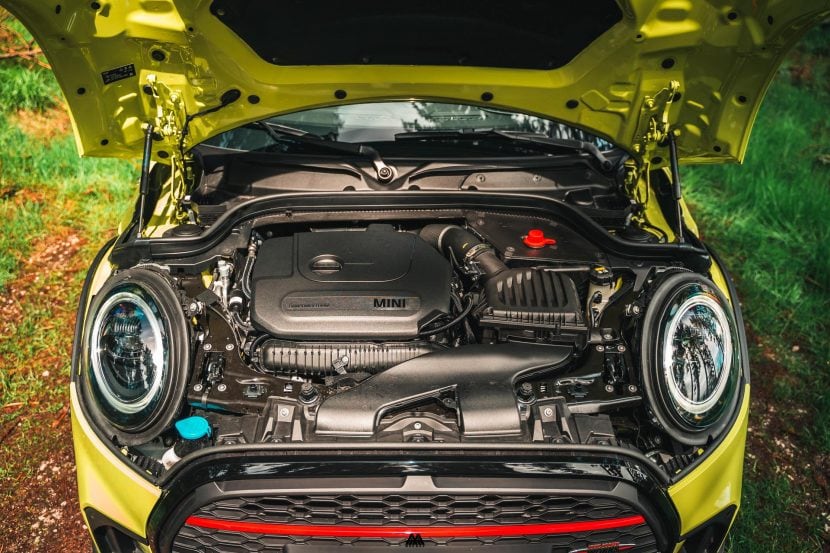
On the subject of handling and suspension, the Germans or the Brits added a 330 mm sports brake kit to the package. The discs of the brake kit are smaller than the GP3, but connect to the same four-pot brake calipers at the front. To enhance the ride, MINI added the latest version of the Adaptive Suspension to the package, enhancing the frequency-selective damper technology and its maximum damping force with up to ten percent. The overall outcome is a vehicle that feels a touch more subdued than its predecessor, but with less sound, a more controllable roll and, surprisingly, a lot less twitchy nervous feeling through the front suspension.
It’s fair to say that since my initial experience in the F57 JCW Cabriolet three years ago, the car has become more controllable. Less torque steer and a more relaxed nature under full load were my initial impressions during the drive up the Großer Feldberg, near Frankfurt. I won’t say that they solved all the issues by simply tuning the suspension and traction control software, because the Pirelli tires are still the weakest point of the whole package. A wider and better tire is highly required to make the go-kart experience even better.

The JCW also felt less poised and direct, perhaps due to the new OPF/GPF filter under the car, which tends to impact the responsiveness in favor of becoming more environmentally friendly. All in all, the JCW became a bit less mental and more mature, which doesn’t mean that the MINI has drastically altered the nature of the JCW. It is all those little bits that make up for a slightly altered character.
For those MINI JCW fans that are looking into the new model, the hot cabriolet still has the instantly sporting, jiggly chassis setup, which is often unashamedly firm, especially when you take decent humps and bumps in the road. Nothing out of the ordinary for those used to this, perhaps a touch annoying for those not often driving a MINI. The automatic 8-speed helps you delivering some fun, but a manual would be a nice option to look into as well. The 8-speed is decent, but not without flaws. Still, you will get a nice shove in the back at speed, and you get some smiles when you attack countryside roads. If there would be a thing that would spoil the fun, then it would be those Italian tires.
Subtle Updates Inside
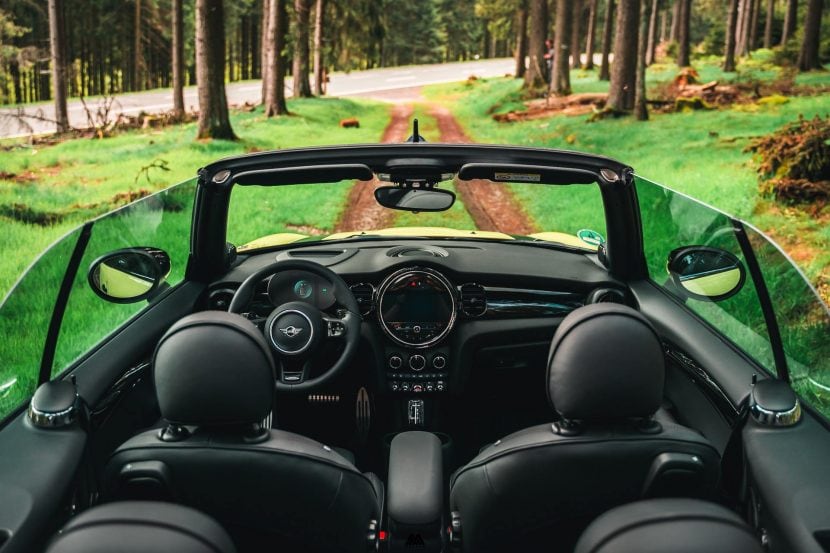
This leaves me with a quick look inside the interior and touch on the new details inside the cabin. There is the new 8.8-inch color touchscreen display on the center console, which comes as a standard feature. MINI updated the looks of the main menu and live widgets, but as soon as you navigate into the menus, everything is exactly the same as before. Complementing the new center multimedia set up are a new design to the dashboard with new materials, four new air vents and a redesigned colored ring around the center stack. The five-inch digital instrument cluster from the GP which is placed in front of you as a driver is new as an option for the JCW.
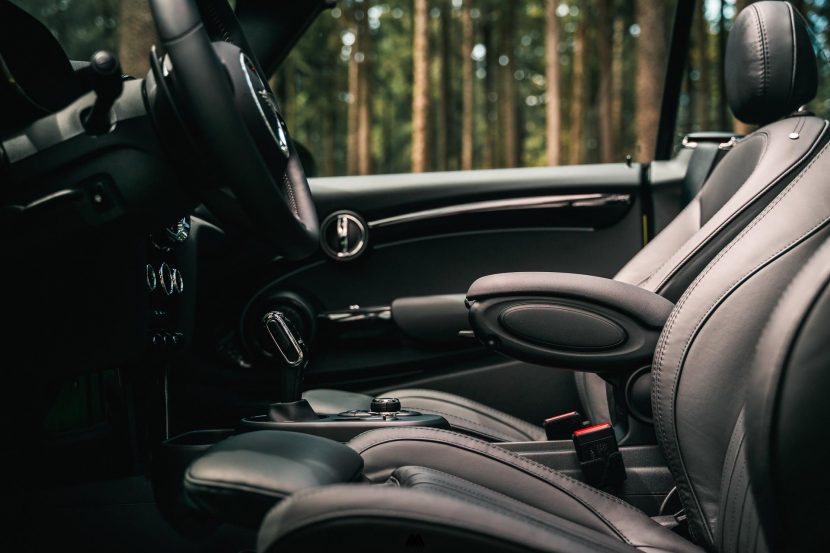
A redesigned Nappa sports leather steering wheel with multifunction buttons on high-gloss black surfaces, (not yet sure if I preferred those over the previous ones) and John Cooper Works logo can be heated as an option. The JCW sports seats with integrated headrests, a stainless steel pedal set, an anthracite-colored roof liner and a specific gearshift or gear selector lever also come as standard. New to the range is the Lane Departure Warning system included in the Driving Assistant. In addition, Active Cruise Control now also includes a Stop & Go function.
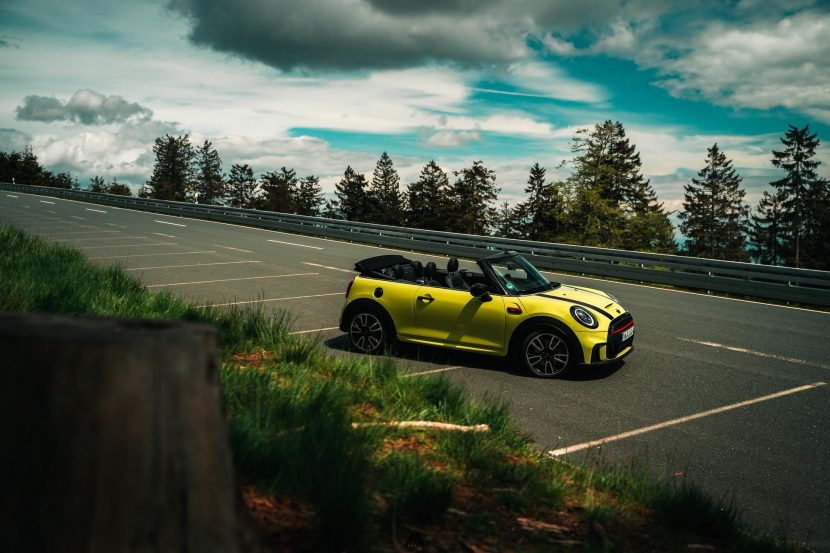
Looking back at my experience behind the wheel of the 2021 MINI JCW Cabriolet second facelift, I can only say that the key ingredients of the JCW are still there. The vehicle offers what we know, love and hate from the JCW. If we look past all the new design changes and little technical upgrades, we still see the same JCW which is a touch more subdued, quieter from its exhaust and relaxed to drive. The handling still falls short due to its tire choice, but all in all the MINI JCW is a pleasant car, especially with the roof down and the wind deflector up.
Oh, and I know I said I would and should not compare it to the GP, but for those with a GP3 reading this… Your MINI feels like a supercar in comparison to the JCW. And that’s by design, of course. Especially on the subject of handling, responsiveness and pure driver’s engagement. For those of you wondering, in my opinion the difference between a GP and a JCW was never this large.
[Photos: Vincent Toth]


